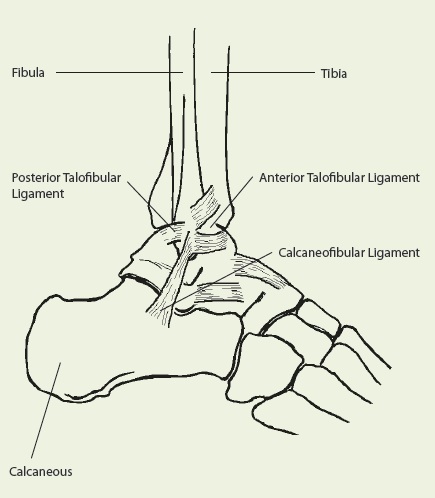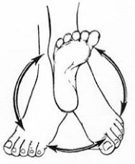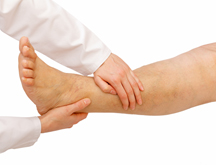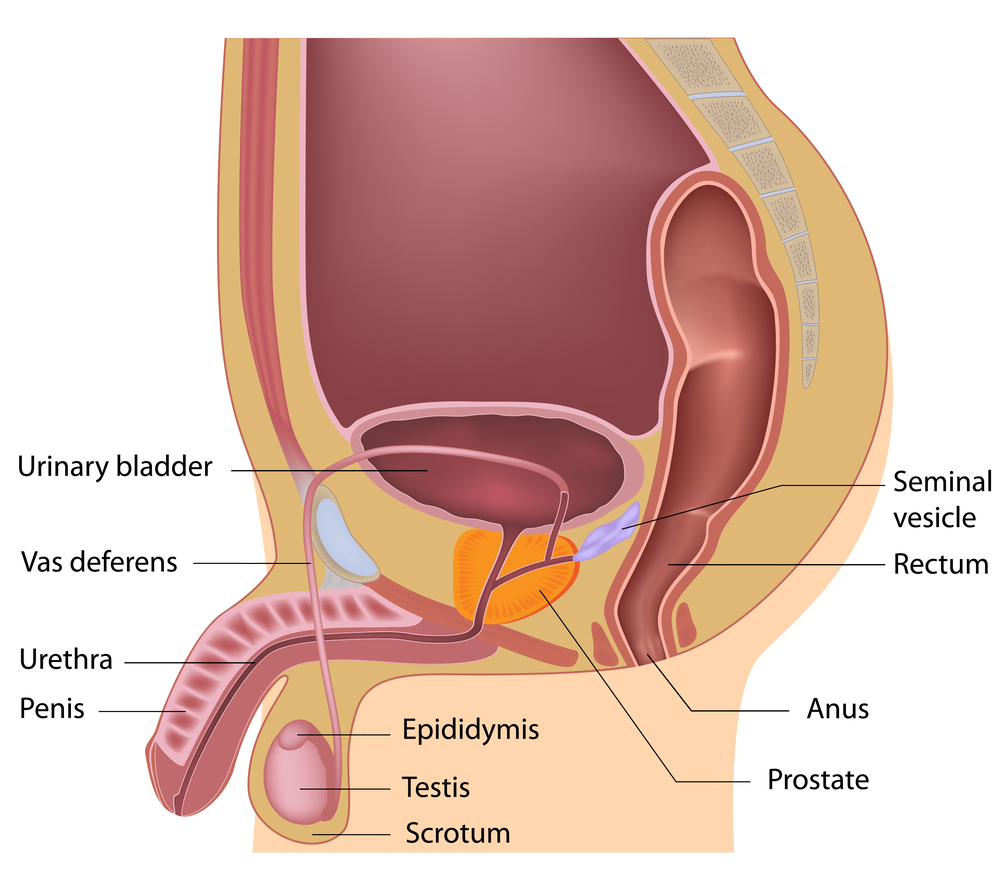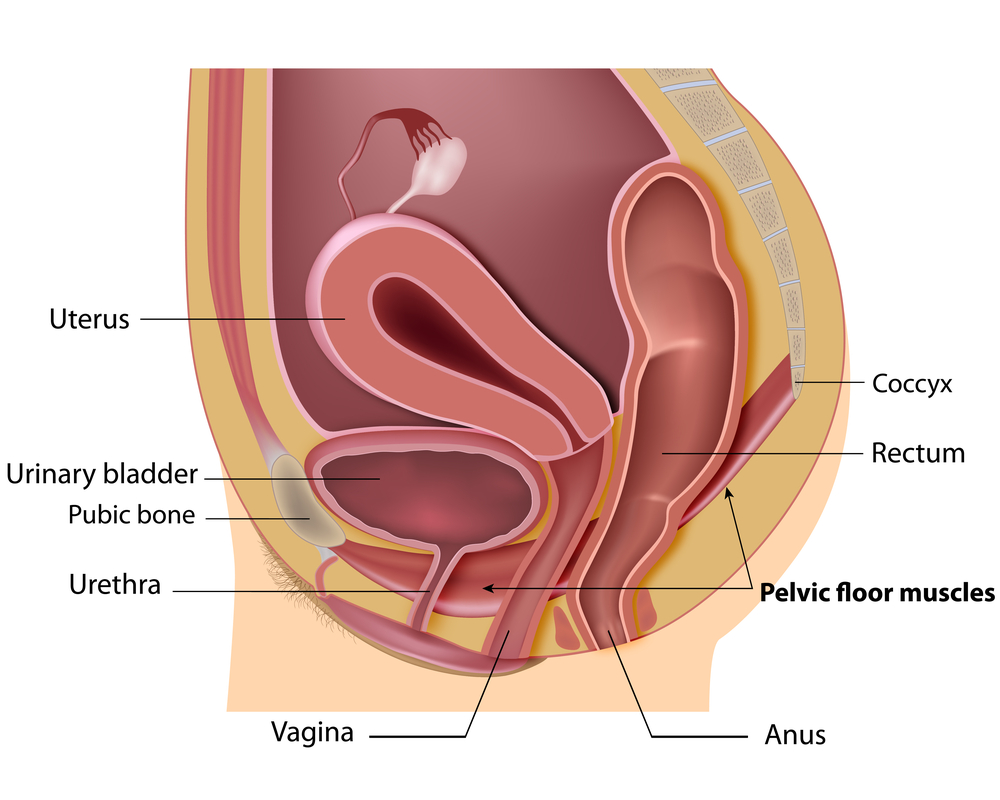
The Mysterious Pelvic Floor
What is The Mysterious Pelvic Floor??
The Pelvic Floor. Perhaps you have heard this referenced before but did not have a definitive idea of what it was. Is it just a region in the body? A single muscle? Let us explore this very important topic.
The Pelvic floor is a group of extremely important muscles located on the inside of the pelvis with a hammock like orientation. They attach to the tailbone (coccyx) at the back, the pubic bone in the front and span side to side.
Functions:
These muscles are involved in several complex functions but are often overlooked in their contribution due to their “out of sight, out of mind” presence. These functions include:
1. Bowel and Bladder Function and Support
Assists in control of the bladder and bowel (helping to prevent incontinence) in males and females. In females, the pelvic floor supports the uterus and other organs located in the pelvic cavity. This helps to prevent prolapse. Prolapse is the lowering down of a pelvic organ from its normal position.
Contribution to our Core Muscles?
The pelvic floor acts as the base of our core together with the deep back muscles and diaphragm. Core muscles help to provide strength and stability of the spine.
Involvement in Sexual Function
The pelvic floor plays a role in sensation during sexual intercourse. As a result, dysfunction of these muscles may lead to painful intercourse. In addition, it can lead to decreased sensation, and reduced erectile function amongst other symptoms.
Involvement in pregnancy and delivery
The strength of the pelvic floor muscles is very important during pregnancy. They help to support the extra weight of pregnancy. This can reduce certain symptoms of discomfort. They can also help to decrease the incidence of incontinence (bladder leakage), and prolapse. Additionally, they play a large role during delivery in guiding the baby’s head down the birth canal.
Symptoms of Dysfunction?
When the pelvic floor is working in harmony, it plays a big role in a variety of our functions. What happens when something is not quite balanced in the pelvic floor? Symptoms may arise. For example, they can be as a result of one of two scenarios: weakness in the pelvic floor or increased tension in the pelvic floor.
What about Kegels?
It is common to assume that any pelvic floor concerns are automatically as a result of weakness. Many people think that kegels should immediately be practiced. However, kegels are NOT always the answer! If the primary problem in the pelvic floor is tension, kegels can in fact do more harm than good. The Mysterious Pelvic Floor issues can be solved with a little Pelvic Physiotherapy!
So, what are some of the symptoms associated with pelvic floor dysfunction?
- Urinary issues, such as the urge to urinate, incontinence (bladder leakage), urinary frequency and painful urination.
- Bowel concerns such as constipation and incontinence
- Lower back pain
- Pain in the pelvic region, genitals, or rectum.
- Discomfort during sexual intercourse for women.
- Pressure in the pelvic region or rectum.
- Muscle spasms in the pelvis.
What are some of the Risk Factors for issues with The Mysterious Pelvic Floor ?
- A history of back pain
- Previous trauma to the pelvic region such as a fall or pelvic radiotherapy
- Ongoing constipation (i.e. for example, regularly straining to empty your bowels)
- A chronic cough or sneeze (e.g. due to asthma, smoking or hayfever)
- Being overweight, or having a body mass index above 25, and
- Heavy lifting on a regular basis – either at work or at the gym most commonly
- During pregnancy and post-partum, some factors may arise
- Women who are going through, or have been through, menopause
- Women who have had gynaecological surgery (e.g. hysterectomy)
- Men who have had prostate surgery
- Elite athletes such as gymnasts, runners or trampolinists.

What is a Pelvic Physiotherapist and How Can We Help?
A Pelvic Physiotherapist has advanced training . They assess and treat the pelvic floor through a combination of external and internal examinations. This treatment is for both males and females. Internal examination allows the Physiotherapist, to evaluate the pelvic floor directly. As a result, this will help to identify contributing factors to your concern.
Typically, tension or weakness are underlying imbalances in the pelvic floor. The Mysterious Pelvic Floor issues are usually treatable!
Although this is an area less known for its muscle contribution, the parallel of a shoulder injury should be drawn here, for example. In order to help treat a shoulder problem, a Physiotherapist would still have to evaluate all the muscles around it. We would check to see where the problem lies. Once found, these same muscles would be treated directly.
This is the same principle to keep in mind when trying to understand pelvic floor problems and treatment.
Treatment of The Mysterious Pelvic Floor?
Once a full examination has been completed, the Pelvic Physiotherapist discusses the results with you. Together, they will develop a treatment plan with you. Pelvic Physiotherapy treatments vary, however, some of the methods often used can include:
- Postural training
- Release and mobilizations , (often the low back, hips, etc. are involved).
- Connective tissue release. Connective tissue is the thin layer found above our muscles. Sometimes, it can cause tension pulls and compression in areas. As a result, this causes pain and poor function.
- Dilator work
- Internal techniques to release areas of tension. We teach contraction exercises AND relaxation techniques. These are often overlooked
- Exercises: These are positional to alleviate pain and pressure. They strengthen, stretch, and activate muscles. As a result, they help to build endurance, and improve coordination.
- Breathing techniques
In cases where internal assessment or treatment may be painful, external treatment can be started first. This can often reduce the tension causing the internal discomfort. Improvements can be made to achieve your ultimate goals.
It is also important to note that Physiotherapists are primary health care providers. Therefore, you can see a Physiotherapist without a doctor’s referral. However, if your Physiotherapist feels that you may benefit from further testing, we will reach out to your doctor of choice.
Summary of The Mysterious Pelvic Floor
The Mysterious Pelvic Floor doesn’t need to be so mysterious!
Two of the most common phrases that I hear patient’s mention during or after a pelvic physiotherapy assessment are:
“I didn’t even know that this type of Physiotherapy existed” and
“I wish I knew about this sooner”
These phrases are often derived from patients who have a pelvic concern. In most cases, it has significantly affected their function. It has resulted from the belief that nothing could be done, besides “living with it.”
My hope is that Pelvic Physiotherapy becomes well known! My hope is that you seek treatment as often as our rotator cuff friends. Afterall, they both involve muscles that can be easily treated. Take care of your pelvic floor, it is literally of foundational importance!
If you or someone you know suffers from Pelvic Floor issues, PhysioNow can help! We have specially trained Pelvic Floor Physiotherapists available at all of our clinics to help. Call today to get started on your treatment!


